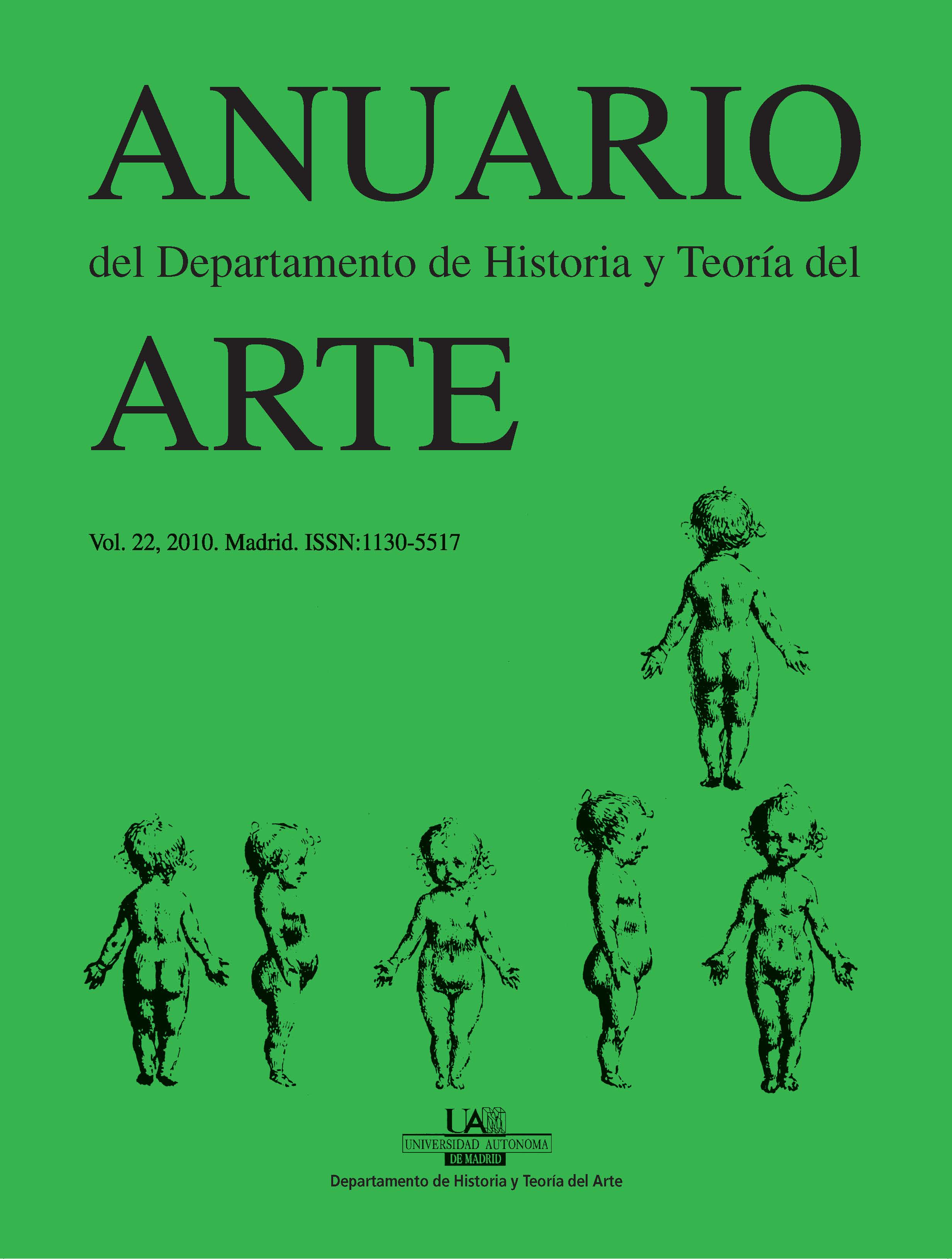Domestic Grecos. Presence and fortune of El Greco in the Collections of the toledan Oligarchies of the XVIIth century
Keywords:
El Greco, Toledo, XVIIth Century, Painting, Society, Colectionism, OligarchiesCopyright (c) 2010 Francisco José Aranda Pérez

This work is licensed under a Creative Commons Attribution-NonCommercial-NoDerivatives 4.0 International License.
Abstract
To continue delving into the complex relations between the artist-creator and the environment next to where develops its activity, has chosen the paradigmatic figure of El Greco and its presence in the collections household members of the urban oligarchies of the also special city of Toledo during the 1600s. In fact, sniffing patiently in notary inventories, has been achieved documenting the existence of 92 grequian tables that, in addition to the best-known church altarpieces, hung from the walls of the houses of Toledo during the XVIlth century.
A joint study of this important shows (designations, thematic, materials, originality, prices, etc.), always in the context of better known to their successive owners - the most of them unknown to us- and in the middle of the other art objects of each domestic environment, to hear tastes, preferences, fashions and devoutness. At the same time, provides an overview of the painting produced and gathered in the Castilian Toledo of the Baroque.
